The BTeV hybrid pixel detector is constructed of readout chips and sensor arrays which are developed separately. The detector is assembled by flip-chip mating of the two parts. This method requires the availability of highly reliable, reasonably low cost fine-pitch flip-chip attachment technology. We have tested the quality of two bump-bonding technologies; indium bumps (by Advanced Interconnect Technology Ltd. (AIT) of Hong Kong) and fluxless solder bumps (by MCNC in North Carolina, USA). The results have been presented elsewhere [1]. In this paper we describe tests we performed to further evaluate these technologies. We subjected 15 indium bump-bonded and 15 fluxless solder bump-bonded dummy detectors through a thermal cycle and then a dose of radiation to observe the effects of cooling, heating and radiation on bump-bonds. We also exercised the processes of HDI mounting and wire bonding to some of the dummy detectors to see the effect of these processes on bump bonds.
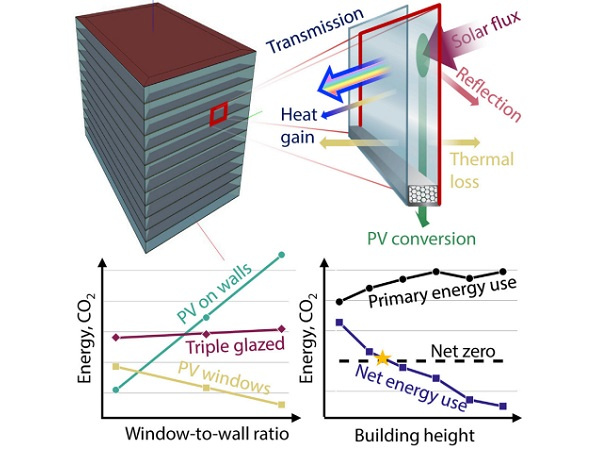
Photovoltaic windows cut energy use and CO2 emissions by 40% in

PDF] Characterization of indium and solder bump bonding for pixel detectors

Stud bumping for flip chip - An alternate strategy
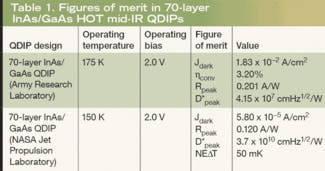
Research propels quantum dots forward

HgCdTe Detector Chip Technology

Delafosse CHRISTIAN, Medical Doctor, Hospital Simone Veil, Montmorency, department of pneumology
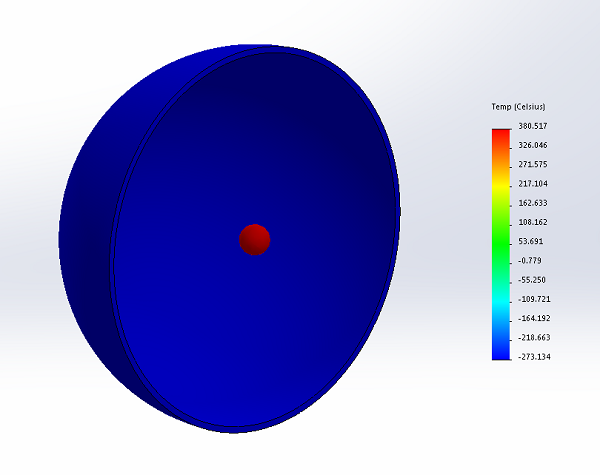
Radiation in Thermal Simulation Studies

Artificial Photosynthesis: Learning from Nature - Whang - 2018

Mica provides clue to how water transports minerals

Delafosse CHRISTIAN, Medical Doctor, Hospital Simone Veil, Montmorency, department of pneumology
A study of thermal cycling and radiation effects on indium and
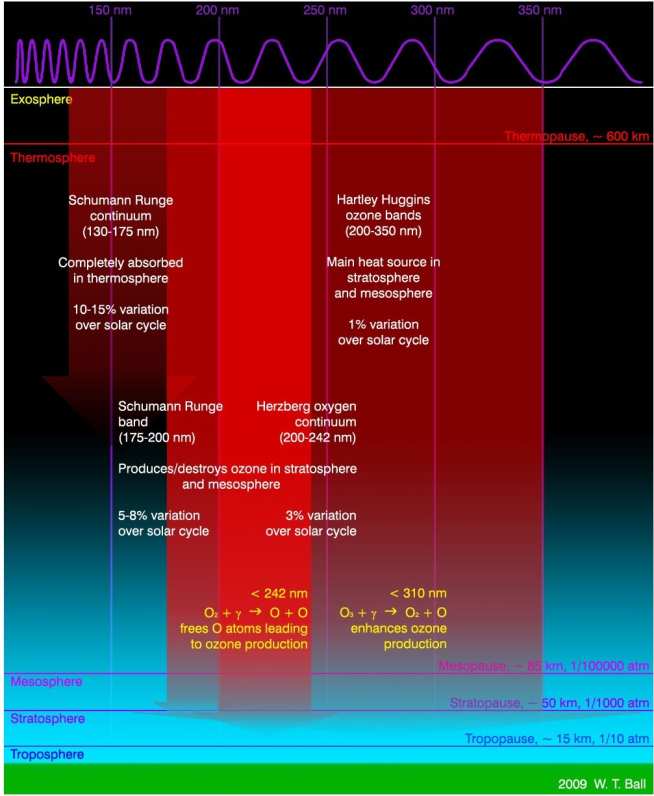
Solar Irradience Variation, Research groups

PDF) Design of an UHF RFID Antenna on Flexible Substrate Magnetically Coupled to the Tag
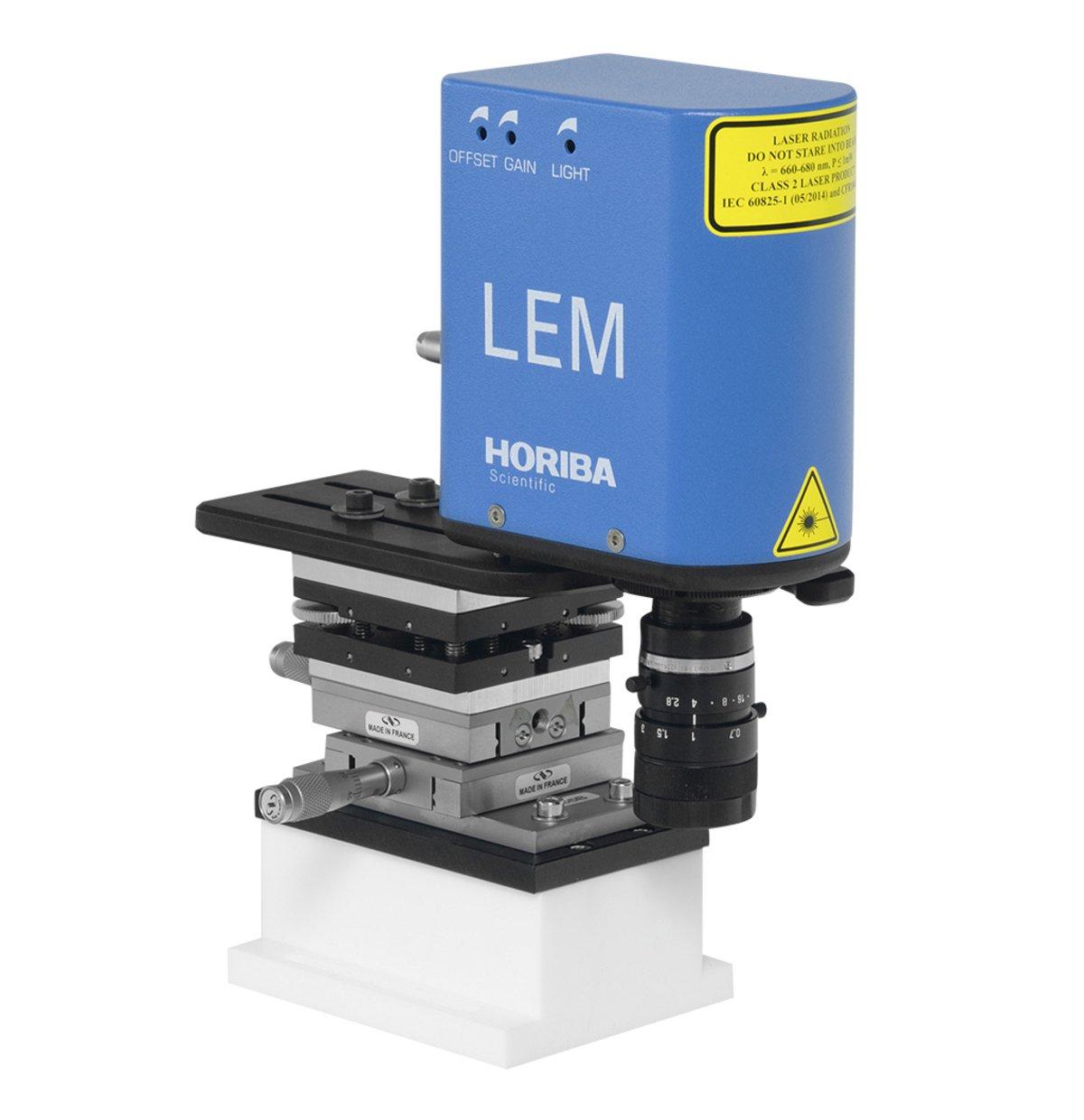
Real Time Interferometric Process Monitor - HORIBA

How Are Solar Panels Made? (2024)
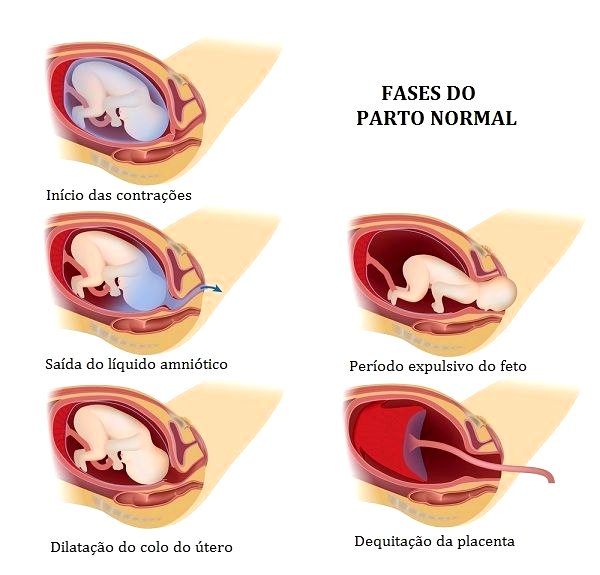




:quality(85)/http%3A%2F%2Fstatic.theiconic.com.au%2Fp%2Fbonds-2510-0403911-1.jpg)

